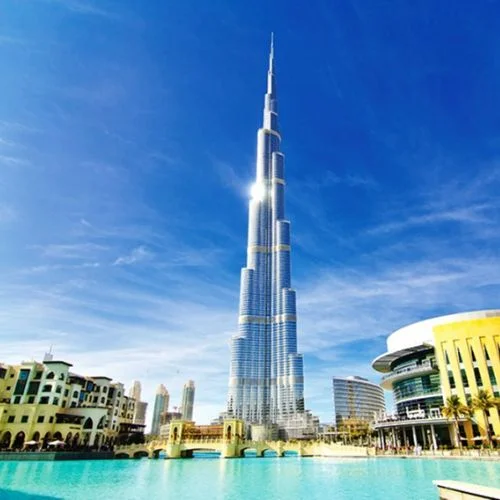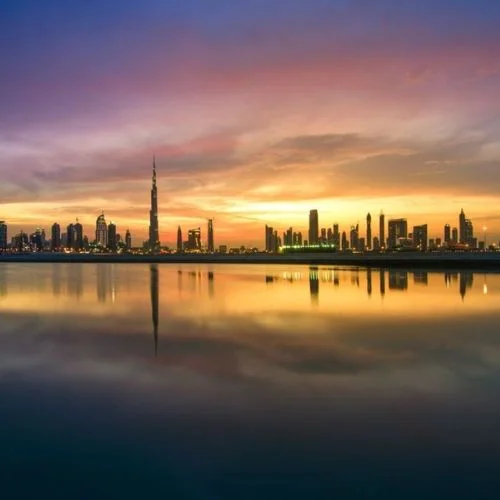The Delhi government’s four flyovers would be completed by the end of the year, PWD Minister Atishi said on Friday. According to PWD Minister Atishi, four flyovers now under construction by the Delhi government would be finished by the end of this year.
Atishi examined the development of numerous flyover projects presently under construction in Delhi during a meeting with top officials from the public works department.
The Sarai Kale Khan-T junction flyover, the doubling, and enlargement of the flyover from Punjabi Bagh to Raja Garden, a six-lane flyover between Anand Vihar and the Apsara border, a double-decker flyover at the Ghonda-Brijpuri intersection and the Mukarba Chowk underpass are among the projects under consideration.
“All of these projects will help to realize Chief Minister Arvind Kejriwal’s vision of making Delhi traffic-free.” These initiatives are critical for improving traffic flow and once completed, lakhs of daily commuters would be free of traffic. “The PWD is working around the clock to ensure that the projects are completed within the deadlines,” Atishi added.
She went on to say that the Kejriwal administration is the only one in the nation that not only finishes projects on schedule but also at a lesser cost, saving crores of rupees.
“Even these projects will save the public hundreds of crores of rupees annually,” the Aam Aadmi Party (AAP) leader stated.
She urged authorities to establish monthly goals for all active flyover projects and to finish them on schedule. She further said that a monthly progress report should be sent directly to her.
With greater expenditures in transit, healthcare, and education, Delhi’s infrastructure has improved in recent years. This has drawn additional enterprises to the city, stimulating economic development and offering job possibilities for its citizens. The city also boasts a thriving IT industry, which has considerably boosted its economy. However, the city continues to face challenges such as traffic congestion and air pollution, which may have an impact on the city’s overall economic potential.
The Delhi transit system is notorious for its heavy traffic, which may make traveling time-consuming and frustrating. However, the city’s transport infrastructure has seen significant improvements in recent years. The growth of Delhi Metro, a rapid transit system, has been revolutionary in providing millions of commuters with an efficient and economical form of transportation. It has also helped to reduce traffic congestion and improve air quality.
The government has also invested in the construction of bus rapid transit (BRTS) systems, which operate on dedicated lanes, cutting travel time and fuel consumption. Improved taxi and ride-hailing services have also made it easier for inhabitants to get about town.
Despite these advancements, challenges remain in last-mile connectivity and integration of various modes of transportation. The absence of adequate parking facilities also contributes to street congestion. More investments in sustainable transport infrastructure and innovative solutions to these challenges would benefit the city.















